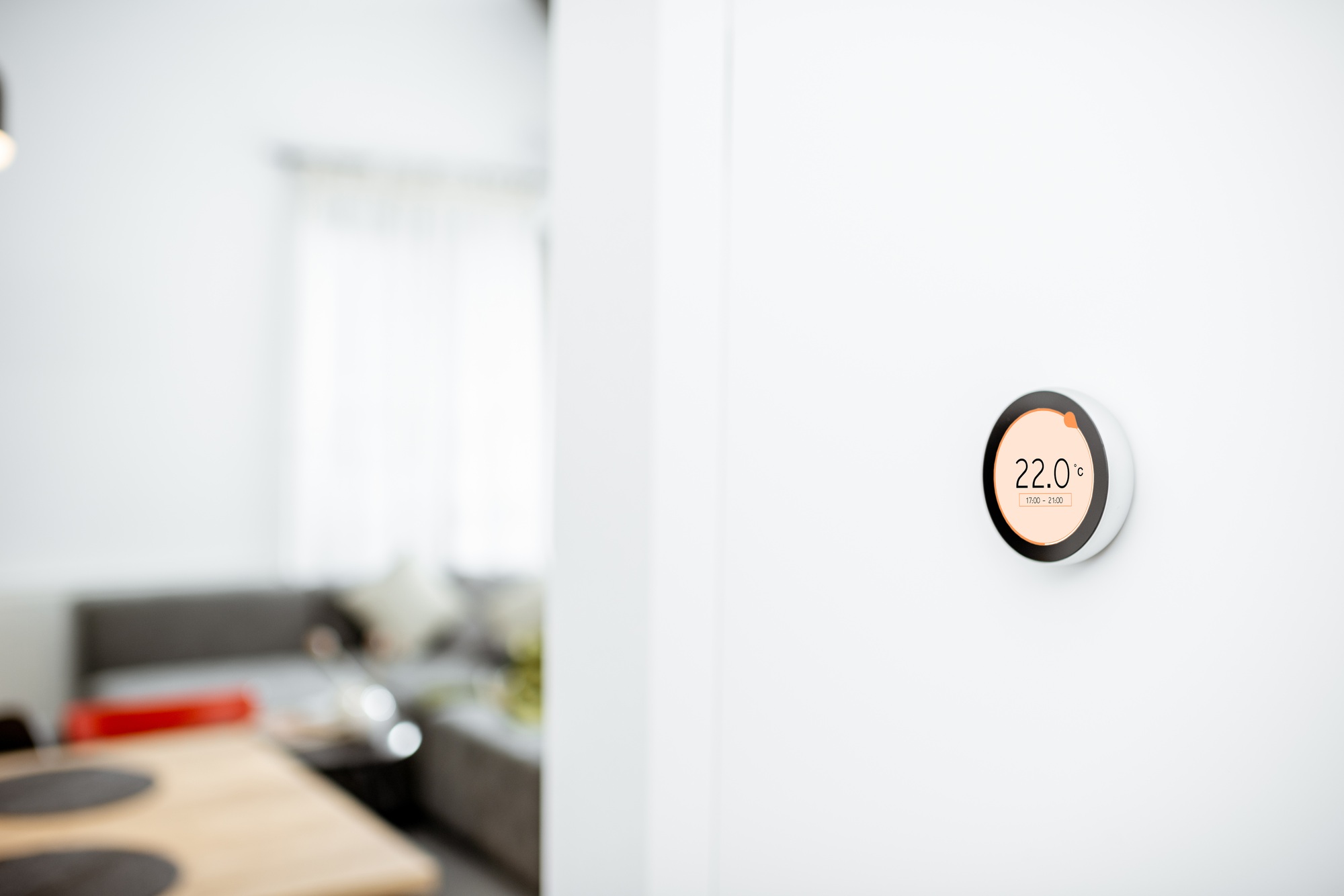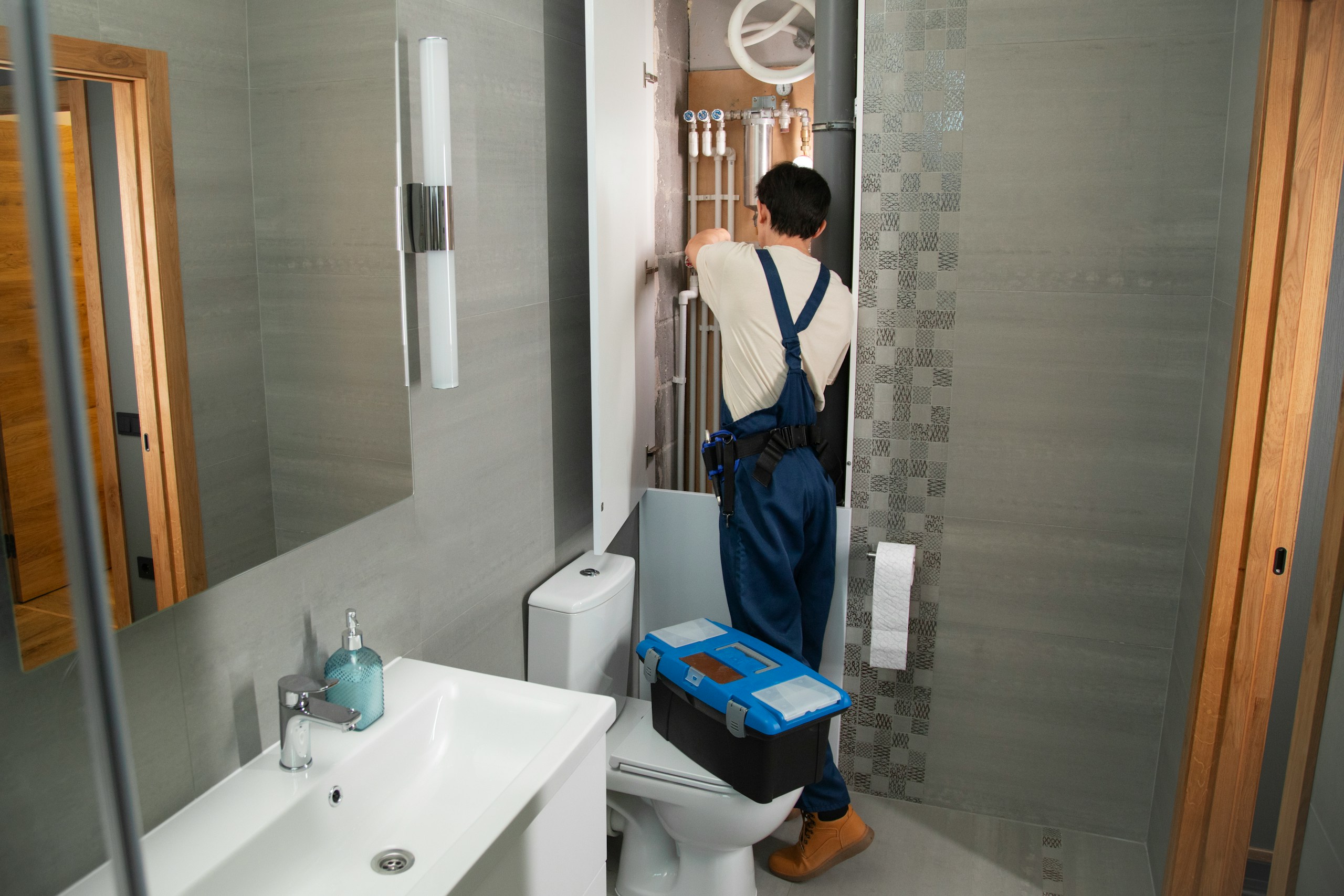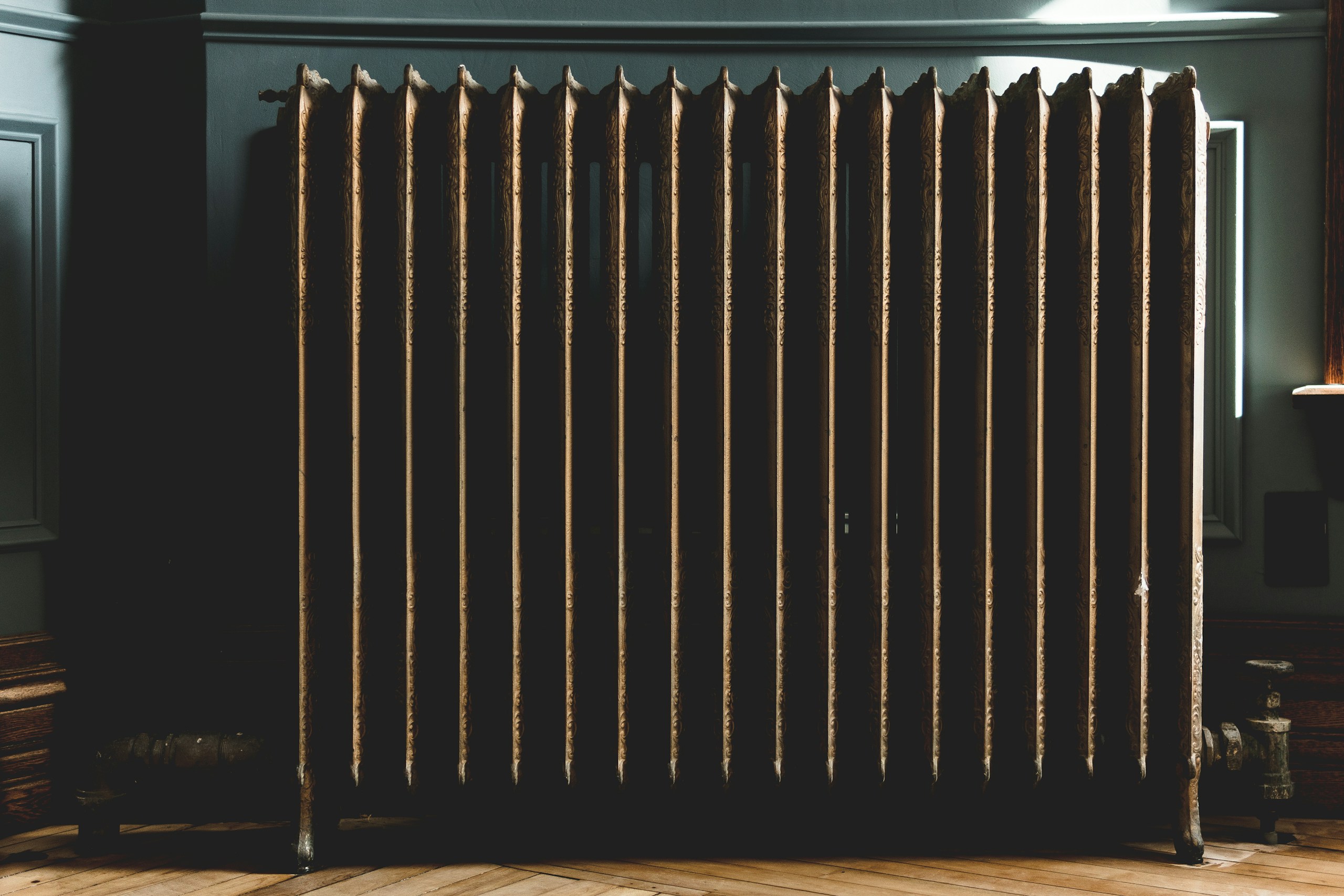Ever noticed how your entire home heats up when you only need warmth in one room? With energy prices soaring, heating empty spaces isn’t just uncomfortable—it’s wasteful. Zone control heating systems offer a clever solution to this common household dilemma, allowing you to heat specific areas independently while keeping others cooler.
Rather than treating your home as one giant space that needs uniform heating, zone systems recognise the reality that our living patterns shift throughout the day. They represent an evolution in home heating technology that balances energy efficiency with personalised comfort—an increasingly important consideration for UK homeowners facing the dual pressures of rising costs and environmental responsibility.
Zones of Comfort
At its core, zone heating divides your home into separate areas with independent temperature controls. Instead of warming rooms you’re not using, you direct heat precisely where it’s needed. This targeted approach reduces wasted energy and creates personalised comfort environments throughout your living space.
Traditional single-zone systems—still common in many UK homes—rely on one central thermostat (typically located in the hallway or living room) to control your entire heating system. These work reasonably well in smaller, open-plan homes where the living area exceeds 70% of the total floor space, with thermostatic radiator valves (TRVs) allowing some temperature variation between rooms.
Multi-zone systems represent a significant upgrade, splitting your home into at least two distinct heating areas—typically separating living and sleeping zones. Each zone operates with its own thermostat, giving you independent control over different areas. All radiators are fitted with TRVs except those in rooms containing thermostats, offering more precise temperature management throughout your home.
The most sophisticated approach is room-by-room control, where smart TRVs installed on individual radiators allow you to manage heating in specific spaces via smartphone apps. Manufacturers like Hive and Wiser have developed systems that give you granular control over your home environment, even when you’re away.
Meeting UK Building Standards
The UK’s approach to heating efficiency isn’t just about personal preference—it’s encoded in building regulations. Part L of the Building Regulations has established specific requirements for heating systems that affect both new construction and significant renovations.
If you’re building a new home or undertaking substantial renovations, your heating system must divide into at least two zones with separate temperature controls for living and sleeping areas. Properties exceeding 150m² need independent time control for different zones. Additionally, an automatic bypass valve must be installed, and central heating systems in new builds must operate at a maximum flow temperature of 55°C (per 2022 regulations).
These regulations apply when building new homes, extending existing properties, changing a building’s use, or replacing multiple components in your heating system. While compliance might seem burdensome initially, these standards ultimately benefit homeowners through improved efficiency and comfort.
Warm Pockets, Cool Savings
The financial benefits of zone heating are compelling. By directing heat only where needed, these systems can reduce energy consumption by up to 30%, according to manufacturers like Wiser. This targeted approach translates directly into lower utility bills—a welcome relief amid escalating energy costs.
Beyond immediate savings, zoned heating extends the lifespan of your system. Traditional heating constantly cycles your boiler on and off to maintain temperature throughout the entire house, placing continuous stress on components. Zone systems distribute this workload more evenly, potentially reducing wear and tear while lowering lifetime maintenance costs.
The comfort benefits are equally significant. Family members with different temperature preferences no longer need to compromise—each area can be set to individual comfort levels. Your elderly parents can enjoy warmer temperatures in their rooms while cooler settings prevail in active spaces like kitchens. This personalisation extends to timing as well; your bedroom can remain cool during the day and warm up just before bedtime.
Most modern zone systems integrate seamlessly with smart home technology. Control your heating remotely via smartphone apps, receive real-time energy usage reports, and even implement automation features that respond to your household’s patterns. Some systems detect when you’re approaching home and begin warming specific zones before you arrive—convenience and efficiency working in tandem.
System Spotlight
Several manufacturers have developed compelling zone control solutions for UK homes. Honeywell Home offers the Underfloor Heating Multi Zone Controller, enabling independent management of various heating zones with compatibility across their thermostat range.
Hive’s Multizone system provides control through either multiple thermostats or smart radiator valves, all managed through their intuitive smartphone app. This approach integrates well with other Hive smart home products, creating a cohesive ecosystem.
Wiser by Drayton has gained popularity with their expandable Multi-Zone Heating Kits. Their system works with most existing radiator valves and claims to deliver that 30% energy reduction we mentioned earlier—an impressive achievement that makes the initial investment increasingly attractive as energy prices rise.
When considering implementation, assess compatibility with your existing heating setup, installation complexity, and your return-on-investment timeline. While professional installation is recommended, many systems are designed with retrofitting in mind, making them accessible options for upgrading your current heating arrangement.
The Future Is Zoned
As we face ongoing challenges of energy efficiency and personalised comfort, zone control systems represent a practical solution that satisfies both concerns. The initial investment should be weighed against long-term savings—not just financial, but in comfort and convenience as well.
With regulations increasingly favouring zoned approaches and technology becoming more sophisticated and user-friendly, these systems are steadily becoming the standard in UK homes. The ability to direct heat precisely where needed, when needed, gives you unprecedented control over your home environment while reducing waste—a rare win-win in today’s complex energy landscape.





